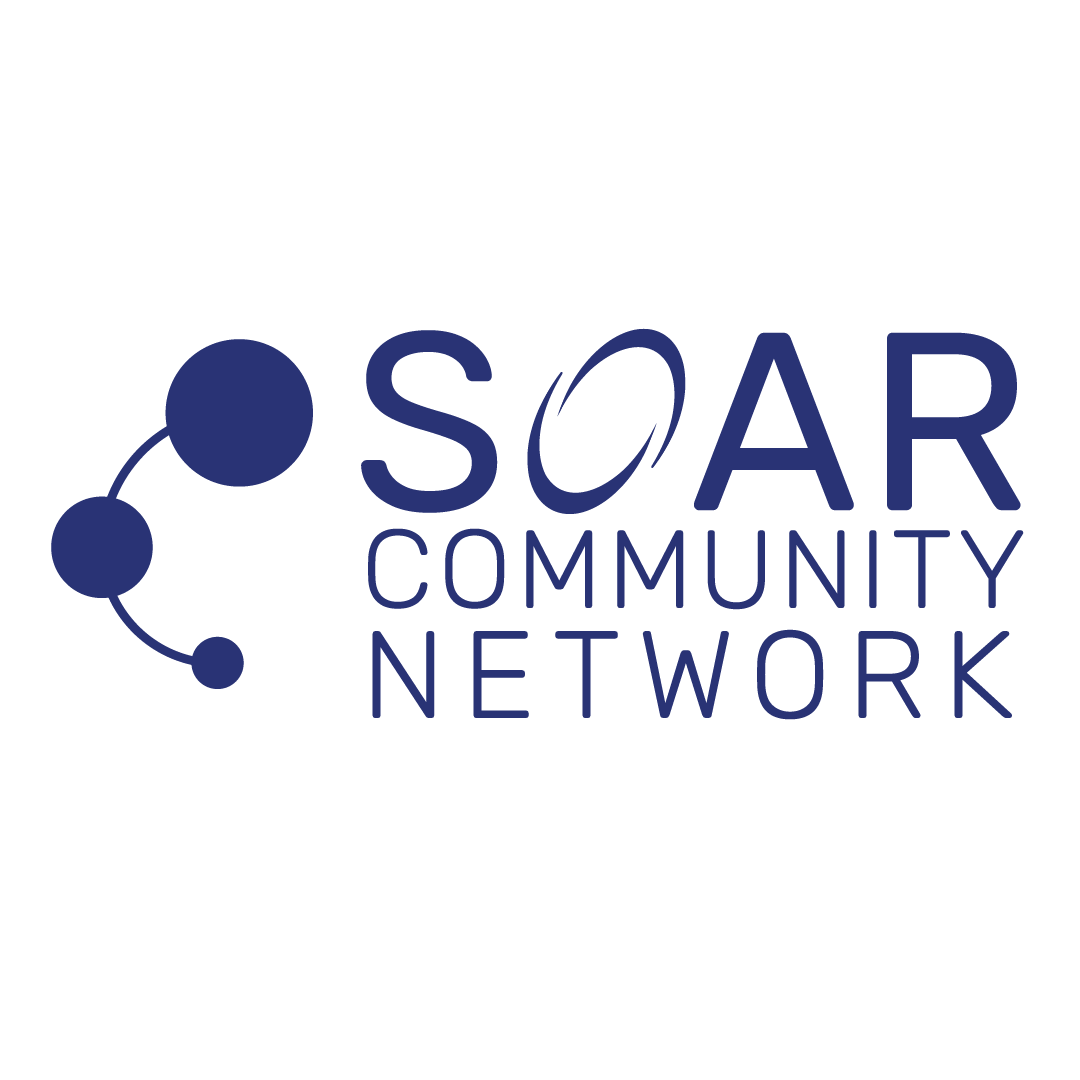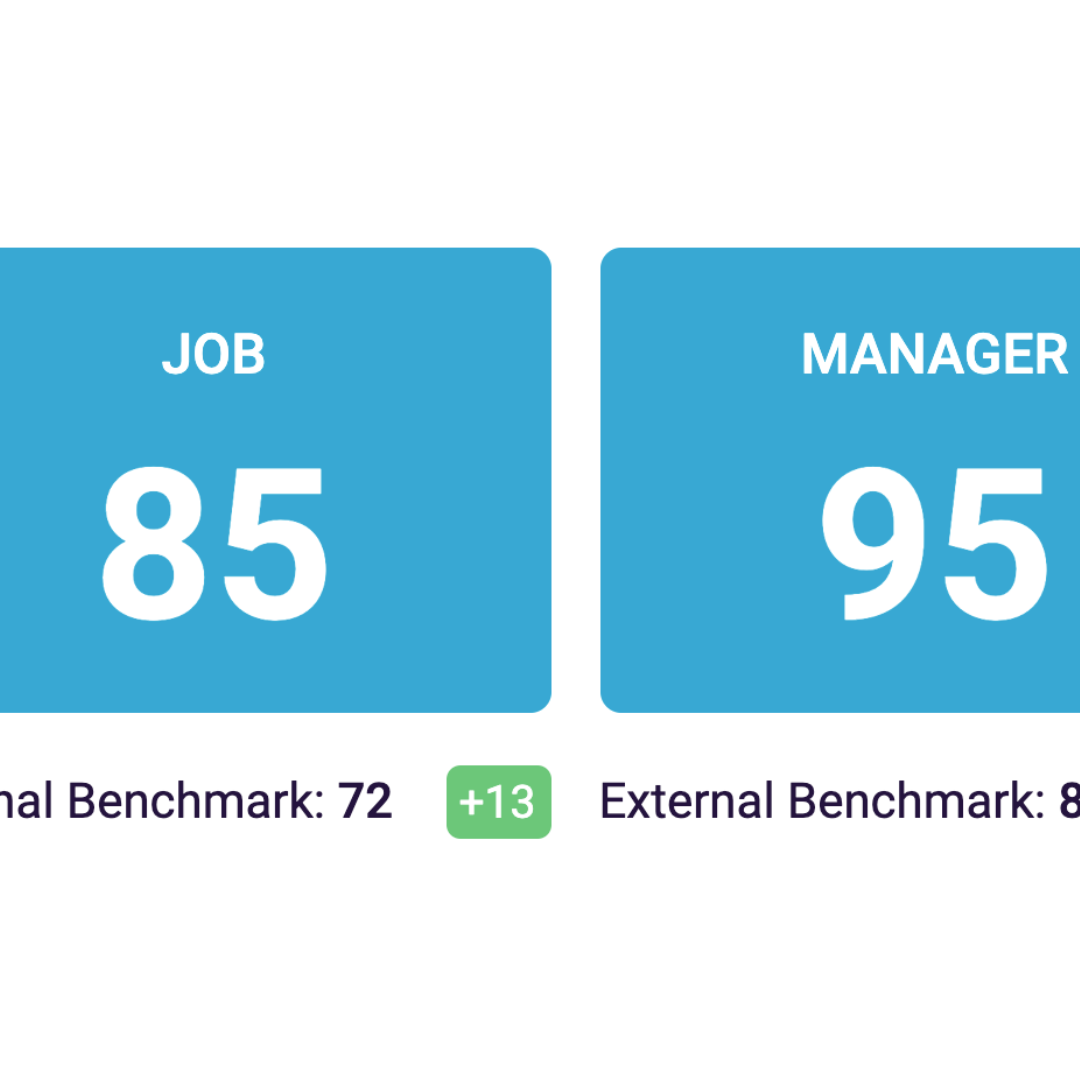Challenge:
Employee disengagement is a critical issue that affects the overall performance and morale of an organization. Understanding the dynamics of disengagement can help in creating strategies to address it effectively. Let’s explore the challenges across five key areas and actionable solutions to improve employee engagement.
Dynamics of Employee Disengagement
Employee disengagement can manifest in various aspects of the workplace, impacting general engagement, job satisfaction, manager relationships, team dynamics, and organizational culture. Here are the key challenges in each area:
- General Engagement: Employees may lack a sense of alignment with the company’s mission and values, leading to overall disengagement.
- Job Satisfaction: When roles don’t match employees’ skills or interests, they can feel unfulfilled and disengaged.
- Manager Relationships: Poor communication and lack of support from managers can lead to disengagement and low morale.
- Team Dynamics: Difficult relationships with colleagues can create a toxic work environment, reducing overall engagement.
- Organizational Culture: A negative or unsupportive organizational culture can drive disengagement at all levels of the organization.
Solution:
Strategies to Enhance Engagement
To address these challenges, organizations need to adopt strategic approaches that focus on alignment, job satisfaction, manager relationships, team dynamics, and organizational culture. Here are the key solutions:
- Foster Alignment with Company Mission and Values:
- Challenge: Lack of alignment with the company’s mission and values.
- Solution: Ensure employees understand and connect with the company’s mission and values.
- Action: Communicate the company’s mission and values clearly and regularly. Encourage leaders to embody these values and inspire employees to do the same. Conduct workshops and discussions that reinforce the importance of the company’s mission, helping employees see how their roles contribute to the larger vision.
- Enhance Job Satisfaction:
- Challenge: Employees feeling unfulfilled in their roles.
- Solution: Align roles with employees’ skills and interests.
- Action: Conduct regular job satisfaction surveys and career development discussions to understand employees’ aspirations. Offer opportunities for role adjustments, job rotations, and professional development that align with their skills and interests. This ensures employees feel fulfilled and engaged in their work.
- Improve Manager Relationships:
- Challenge: Poor communication and lack of support from managers.
- Solution: Strengthen communication and support between managers and employees.
- Action: Train managers in effective communication, empathy, and leadership skills. Encourage regular one-on-one meetings to provide support, feedback, and recognition. Implement 360-degree feedback mechanisms to help managers understand their impact on team engagement and make necessary improvements.
- Strengthen Team Dynamics:
- Challenge: Difficult relationships with colleagues.
- Solution: Foster positive and collaborative team dynamics.
- Action: Organize team-building activities and collaborative projects that encourage mutual support and understanding. Promote a culture of inclusivity and respect, addressing conflicts promptly and fairly. Creating a cohesive team environment helps enhance overall engagement and productivity.
- Cultivate a Positive Organizational Culture:
- Challenge: Negative or unsupportive organizational culture.
- Solution: Build a supportive and positive organizational culture.
- Action: Implement policies and practices that promote a healthy work-life balance, recognize achievements, and support employee well-being. Conduct regular culture assessments and take action on the feedback received. Creating a supportive culture enhances engagement and loyalty.
Conclusion:
The Strategic Role of Employee Engagement
Addressing employee disengagement requires a comprehensive approach that considers alignment with mission and values, job satisfaction, manager relationships, team dynamics, and organizational culture. By implementing these strategies, organizations can create a thriving, engaged workforce.
At SOAR Community Network, our Employee Experience Service is designed to ensure organizations take actionable steps based on survey results, helping to improve engagement across all levels. Our C3 Framework supports the development of compassionate leaders, cohesive teams, and a collaborative culture, ensuring sustainable engagement and organizational success.
Embrace these strategies to decode the dynamics of employee disengagement and create a thriving workplace.

